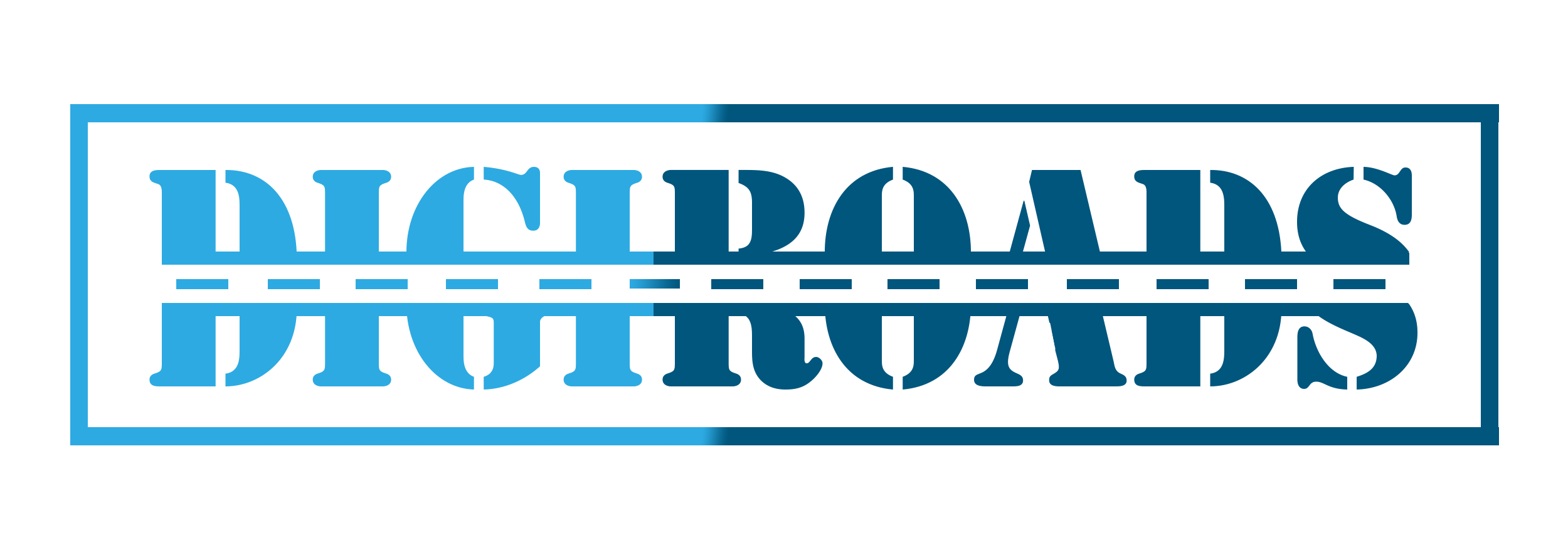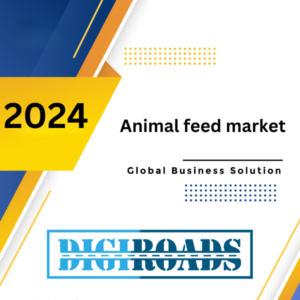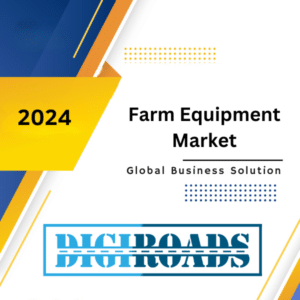Description
Crop Protection Chemicals Market:: Opportunity Analysis and Industry Forecast, 2024-2034
Crop Protection Chemicals Market Overview:
The global crop protection chemicals market size was valued at USD 45.68 billion in 2024 and is expected to reach USD 57.69 billion, expanding at a compounded annual growth rate (CAGR) of 5.6% from 2024 to 2034.
The crop protection chemicals market is a vital segment of the agriculture industry, encompassing a wide range of chemicals used to safeguard crops from pests, diseases, and weeds. These chemicals include herbicides, insecticides, fungicides, and other pesticides, as well as plant growth regulators.
Key factors driving the growth of the crop protection chemicals market include increasing global population, rising food demand, and the need to enhance agricultural productivity. Crop protection chemicals play a crucial role in ensuring high yields and quality of crops by controlling pests and diseases that can cause significant losses.
Additionally, technological advancements in chemical formulations and application techniques are driving market growth, allowing for more precise and effective pest management while minimizing environmental impact. Integrated pest management (IPM) practices, which combine chemical treatments with cultural, biological, and mechanical controls, are becoming increasingly popular, further boosting demand for crop protection chemicals.
Geographically, Asia Pacific dominates the crop protection chemicals market, led by countries like China and India with large agricultural sectors. However, regions such as North America and Europe also play significant roles, driven by advanced farming practices and stringent regulations regarding crop protection.
Overall, the crop protection chemicals market is expected to continue growing as farmers seek solutions to combat pests, diseases, and weeds, ensuring a stable food supply while addressing environmental and sustainability concerns.
Crop Protection Chemicals Market – Report Coverage:
The “Crop Protection Chemicals Market Report – Forecast (2024-2034)” by Digiroads Consulting, covers an in-depth analysis of the following segments in the Animal feed market.
| Attribute | Segment |
| By Product: |
|
| By Application: |
|
| By Location |
|
Recent Developments :
- Focus on Biopesticides and Biostimulants: Driven by environmental concerns and consumer preferences for sustainable agriculture, there’s a growing emphasis on developing and commercializing biopesticides and biostimulants. These offer a more eco-friendly alternative to traditional chemical pesticides while promoting plant health and stress tolerance.
- Rise of Precision Agriculture Integration: Advancements in precision agriculture technologies are being integrated with crop protection practices. This includes using drones for targeted application of chemical and biological control agents, optimizing resource use and minimizing environmental impact.
- Development of Next-Generation Chemistries: Research and development efforts are focused on creating novel chemistries with improved efficacy, longer residual activity, and reduced environmental footprint. These next-generation pesticides aim to address pest resistance challenges while minimizing environmental impact.
- Regulatory Scrutiny and Innovation: Regulatory bodies are increasingly scrutinizing the safety and environmental impact of crop protection chemicals. This is pushing companies to invest in research for safer and more targeted solutions while navigating the evolving regulatory landscape.
Examples of Recent Developments:
- March 2024: Corteva Agriscience, a major crop protection company, announced the launch of its new biofungicide derived from a naturally occurring bacterial strain, offering an eco-friendly solution for disease control
Crop Protection Chemicals Market: – Dynamics:
- Rising Global Population: The ever-increasing global population necessitates higher crop yields to meet food demands. Crop protection chemicals help control pests, diseases, and weeds, thus minimizing crop losses and maximizing yields.
- Climate Change Impact: Climate change disrupts weather patterns and promotes the emergence of new pests and diseases. Crop protection chemicals become essential tools for farmers to adapt to these challenges and protect their crops.
Shifting Trends and Sustainability Concerns:
- Focus on Biopesticides and Biostimulants: Growing environmental concerns and consumer preferences for sustainable agriculture are driving the demand for biopesticides and biostimulants. These offer a more eco-friendly alternative to traditional chemical pesticides while promoting plant health and stress tolerance.
- Precision Agriculture Integration: Advancements in precision agriculture technologies are being integrated with crop protection practices. This allows for targeted application of chemicals, reducing waste and environmental impact.
Regulatory Landscape and Challenges:
- Stringent Regulations: Regulatory bodies are enforcing stricter regulations on the use of crop protection chemicals to minimize environmental and health risks. This necessitates the development of safer and more targeted solutions.
- Pesticide Resistance: The emergence of pest resistance to existing chemicals is a continuous challenge. This necessitates research and development of novel chemistries with new modes of action.
Market Segmentation:
- Type of Chemical: The market is segmented by the type of chemical used, such as insecticides, herbicides, fungicides, and nematicides. Each type targets specific pest categories.
- Crop Type: The market is further segmented by the crop type being protected, such as cereals, fruits & vegetables, and oilseeds. This caters to the unique pest challenges faced by different agricultural sectors.
The Future of the Market:
The future of the crop protection chemicals market hinges on its ability to achieve a balance between:
- Effectiveness: Developing potent solutions to control pests, diseases, and weeds and ensure food security.
- Sustainability: Minimizing environmental impact through innovations in biopesticides, biostimulants, and targeted application methods.
- Regulatory Compliance: Adapting to evolving regulations and ensuring the safety of both agricultural products and the environment
Key Market Players:
Product/Service launches, approvals, patents and events, acquisitions, partnerships and collaborations are key strategies adopted by players in the Crop Protection Chemicals Market: . The top 10 companies in this industry are listed below:
- BASF SE
- Bayer CropScience AG
- Syngenta International AG
- Sumitomo Chemical Company Limited
- Nufarm Limited
- Corteva
- PI Industries
- Cheminova
- Hansen
- DowDuPont
Key Benefits For Stakeholders:
- Farmers:
-
- Higher Yields: Crop protection chemicals help control pests, diseases, and weeds, resulting in increased crop yields and profitability.
- Crop Quality: By preventing damage from pests and diseases, these chemicals contribute to higher-quality produce.
- Risk Mitigation: Farmers can mitigate risks associated with crop loss due to pests and diseases, ensuring a more stable income.
- Efficiency: Crop protection chemicals improve efficiency by reducing the need for manual labor in pest control and minimizing crop losses.
- Manufacturers:
- Market Opportunities: Increasing demand for crop protection chemicals creates market opportunities, driving revenue growth for manufacturers.
- Innovation: Manufacturers invest in research and development to innovate new chemical formulations, leading to product differentiation and competitive advantage.
- Global Expansion: Manufacturers can expand their presence into emerging markets, catering to the growing demand for crop protection solutions.
- Suppliers:
- Expanded Product Offerings: Suppliers benefit from offering a wide range of crop protection chemicals, meeting the diverse needs of farmers and manufacturers.
- Partnerships and Collaborations: Collaborating with manufacturers and farmers to provide technical support and education enhances the value proposition for suppliers.
- Revenue Growth: Increased adoption of crop protection chemicals translates into revenue growth opportunities for suppliers as demand for these products rises.
- Consumers:
- Access to Affordable Produce: Crop protection chemicals contribute to a stable food supply by ensuring efficient crop production, leading to more affordable food prices for consumers.
- Quality and Safety: Consumers benefit from access to high-quality produce that is protected from pests and diseases, ensuring food safety and reducing food waste.
- Variety: Crop protection chemicals help maintain a diverse range of fruits, vegetables, and grains available for consumers, meeting their varied dietary preferences.
Contact us for any inquiry.
Table of Contents
- INTRODUCTION
1.1 Study Assumptions & Market Definition
1.2 Scope of the Study
- RESEARCH METHODOLOGY
- EXECUTIVE SUMMARY
- MARKET DYNAMICS
4.1 Market Overview
4.2 Market Drivers
4.3 Market Restraints
4.4 Porter’s Five Forces Analysis
4.4.1 Bargaining Power of Suppliers
4.4.2 Bargaining Power of Buyers
4.4.3 Threat of New Entrants
4.4.4 Threat of Substitute Products
4.4.5 Intensity of Competitive Rivalry
- MARKET SEGMENTATION
- By Product
- Herbicides
- Fungicides
- Insecticides
- Biopesticides
- Others
- By Application
- Cereals & Grains
- Oilseeds & Pulses
- Fruits & Vegetables
- Others
- By Region
- North America
- Europe
- Asia Pacific
- The Rest of the World
- COMPETITIVE LANDSCAPE
6.1 Most Adopted Strategies
6.2 Market Share Analysis
6.3 Company Profiles
- BASF SE
- Bayer CropScience AG
- Syngenta International AG
- Sumitomo Chemical Company Limited
- Nufarm Limited
- Corteva
- PI Industries
- Cheminova
- Hansen
- MARKET OPPORTUNITIES AND FUTURE TRENDS





